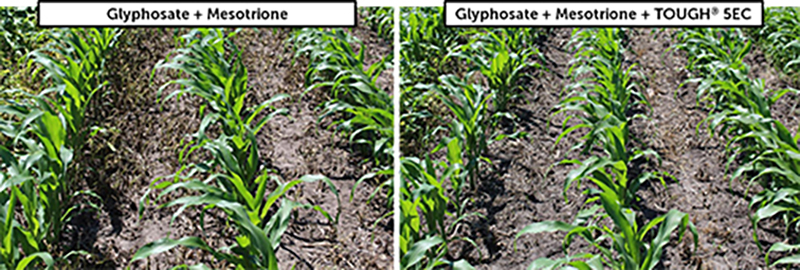4R Management to Reduce Phosphorus Losses from Agricultural Subsurface Drainage
Installation of artificial subsurface drainage, often referred to as tile drainage, has been increasing across agricultural cropland in Midwestern states of the U.S. since the mid-1970s, writes Heidi Peterson, Director, Phosphorus Program, International Plant Nutrition Institute. Tile drainage can improve soil aeration and reduce crop damage that results from seasonally high water tables or inundated fields. Yield increases often result from warmer soil temperatures, earlier planting dates, and enhanced root development. These systems were designed to quickly remove excess water from the plant root zone to improve soil conditions and reduce plant stress.
As a result of field drainage, land that was previously hydrologically disconnected from rivers and streams now has a direct conduit to remove early spring snowmelt and precipitation from storm events more rapidly. Although P is a relatively immobile nutrient because its soluble ions bind to soil particles, a fraction is water soluble and can be lost through leaching. Although surface erosion may be decreased with tile drainage, an unintended consequence is the potential to lose more nutrients through subsurface flow through the tile drains. The dissolved
P is the portion that is plant available; once it enters a waterbody it can accelerate plant and algal growth, leading to eutrophication.
In order to reduce the risk of losing dissolved P nutrients through subsurface drainage, consider incorporating 4R application practices into your P management. The 4Rs refer to the right source, right rate, right time and right place for each nutrient application.






